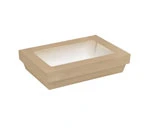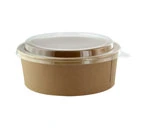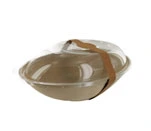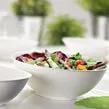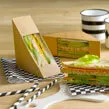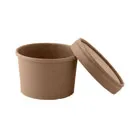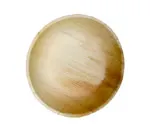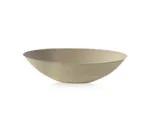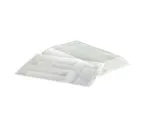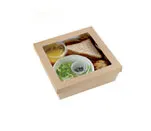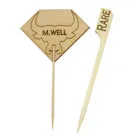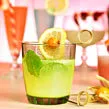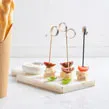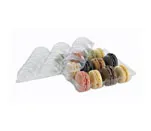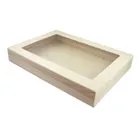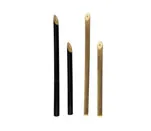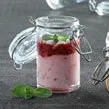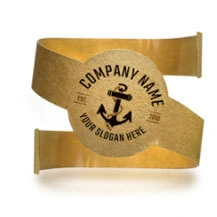How Is Biodegradable Plastic Better For The Environment Than Regular Plastic?
Posted by Adam Merran on Nov 25th 2013
We hear a lot about biodegradable plastic but it sounds kind of like a contradiction… So what really is biodegradable plastic and how is it better for the environment?
First of all, let’s talk about plastic. We all know that regular plastic is terrible for the environment as is doesn’t break down or completely degrade. Even though some plastic are engineered to eventually biodegrade fairly quickly, it all depends on environmental conditions and how it is handled. As the only way to break down plastic is through photodegradation, lots of sunlight is required and even then it will only break plastic items into little pieces and it will never really go away. Those little pieces can end up being eaten by animals or washed up on littorals and are then very likely to get in contact with us, humans.
You see where this is going; plastic is not only terrible for the environment, but also for our health in the long run.
Now you might be wondering what the solution is and that is when biodegradable plastics make an entrance.
 There are different types of biodegradable plastics and the one we are going to talk about is one of the most important bioplastic in the world, PLA. Not only it decomposes about four times faster than regular plastic but it is also compostable when taken to commercial composting facilities. An example of PLA is Cornstarch. Strong like regular plastic, it is a great alternative to plastic especially when it comes to disposable utensils and tableware. 100% compostable, cornstarch PLA is a very versatile material
There are different types of biodegradable plastics and the one we are going to talk about is one of the most important bioplastic in the world, PLA. Not only it decomposes about four times faster than regular plastic but it is also compostable when taken to commercial composting facilities. An example of PLA is Cornstarch. Strong like regular plastic, it is a great alternative to plastic especially when it comes to disposable utensils and tableware. 100% compostable, cornstarch PLA is a very versatile material
Not only cornstarch utensils are compostable and Eco-friendly, but they are also economical and affordable which makes them a great option for parties, outdoor events and take-out.
If you want to know more about Eco-friendly products, go to www.packnwood.com and check out great disposable tableware product line.

